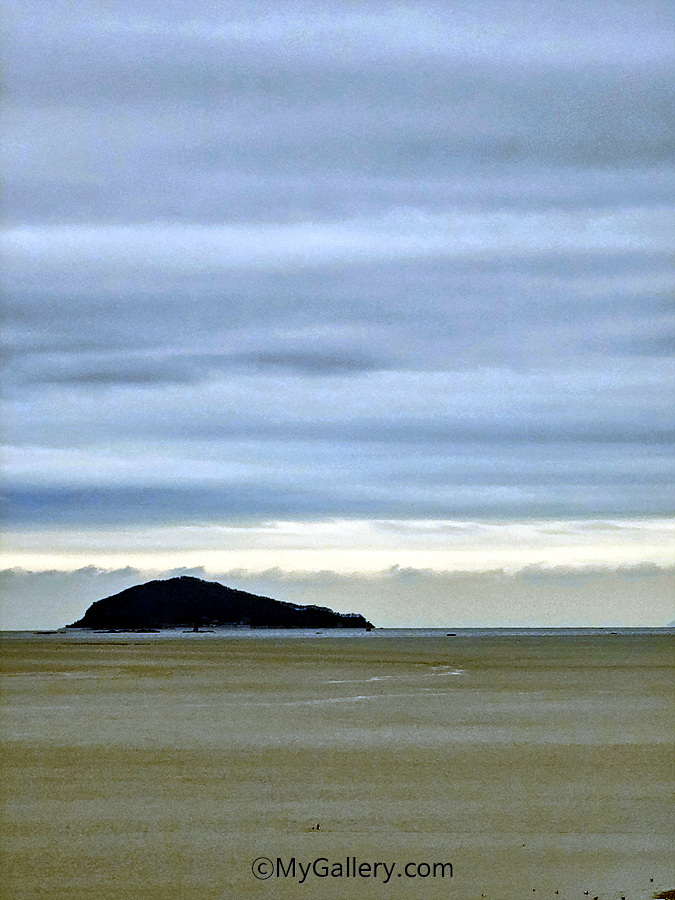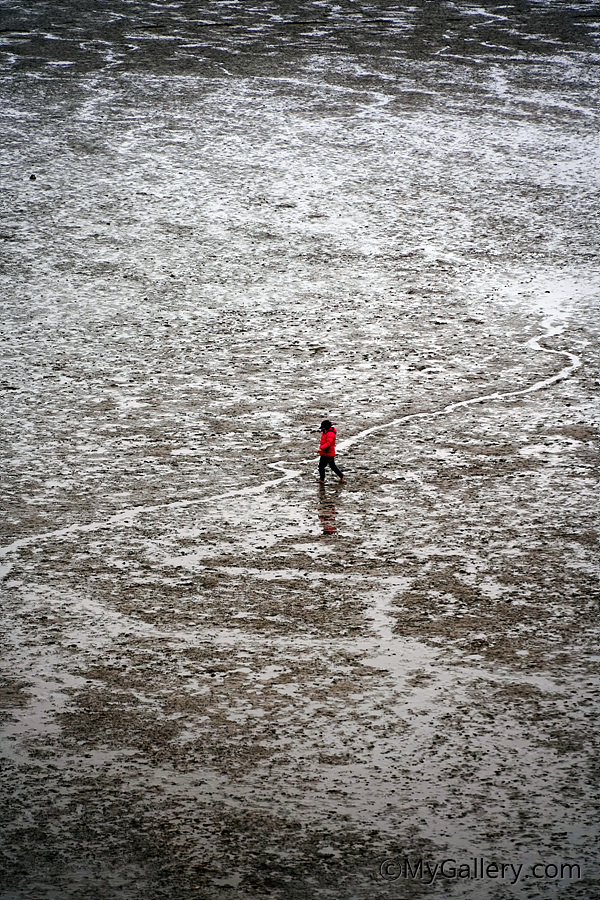Seocheon tidal flat is an open tidal flat directly connected to the sea. The ecosystem consists of a combination of sand or mud sand flats. It is an important place for migratory birds and a breeding ground for fish. It protects the coast from typhoons and waves, as well as being a protected area for animals and plants.
Seocheon Getbol, Korean Tidal Flats
Seocheon mudflats refer to mudflats in Yubu Island, Janghang-eup, Seocheon-gun, Chungcheongnam-do, and Jungcheon, Bein, and Seomyeon areas. Seocheon mudflat was designated as a national wetland protection area in 2008. And in 2009, Seocheon mudflat was registered as Ramsar wetland in recognition of its importance in the world.
When it comes to mudflats, there are usually a lot of people who think the southern coast, Sinan, Boseong, and Suncheon, but surprisingly, Seocheon mudflats are also very valuable for natural ecology. Among the mudflats of about 63.3㎢, the Ramsar registered area is 15.3㎢, Geographically, it encompasses the areas of Seomyeon, Biin-myeon, and Jongcheon-myeon, including Yubudo Island in Janghang-eup. In particular, Yubudo Island, located 20 minutes by sea from Janghang Port, is a precious small island where migratory birds and endangered animals and plants are preserved.
Along with Gochang tidal flat, Sinan tidal flat, and Boseong Suncheon tidal flat, Seocheon tidal flat is a UNESCO World Natural Heritage Site on July 26, 2021. In addition, Seocheon tidal flat is the area where sediments from the Geumgang River are deposited first, and the average basic production is the highest among continuous heritage sites. Therefore, it is also an area where a lot of migratory birds come in winter due to a lot of food for migratory birds.
















Social Plugin